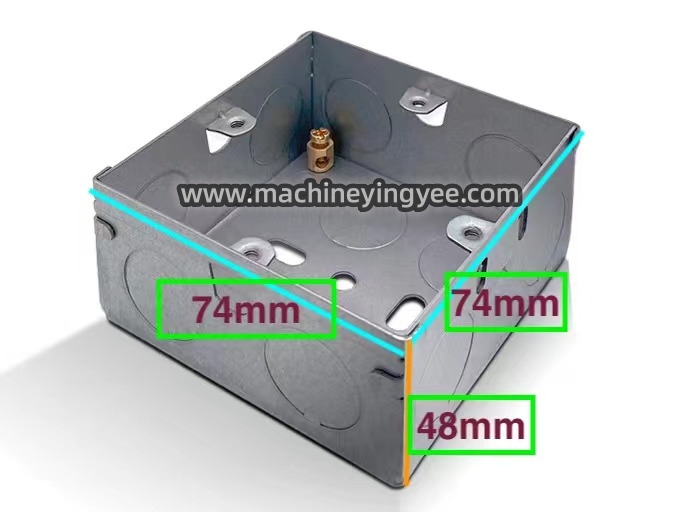
Understanding Cold Roll Former Machines An Essential Tool in Metal Fabrication
Cold roll former machines are pivotal in the world of metal fabrication, particularly in the production of various steel profiles and components. These sophisticated machines take flat steel strips and gradually shape them into specific cross-sectional forms via a series of rollers. This process, known as cold rolling, operates at room temperature, which helps maintain the metal's integrity and mechanical properties.
The Working Principle
The primary function of a cold roll former is to convert flat steel sheets into desired shapes, such as C-channels, Z-girts, or U-shaped profiles. Initially, the flat steel strip is fed into the machine through a feeding mechanism. As the strip enters, it passes through a series of strategically positioned rollers. Each roller is designed to make incremental adjustments to the shape of the metal, ensuring a precise and uniform profile by the time it exits the last roller in the sequence.
The technique utilized by cold roll forming machines not only enhances the strength of the material but also optimizes the thickness and reduces the overall weight of the product. This is particularly beneficial in applications where strength-to-weight ratios are critical, such as in construction and automotive industries.
Advantages of Cold Roll Forming
1. Cost-Effectiveness Cold roll forming is an economical option for producing metal profiles. The process generates minimal waste as the raw material is utilized more efficiently than traditional methods, such as stamping.
2. High Precision Cold roll formers are known for their precision. The machine’s continuous production and automated controls ensure that dimensions remain consistent, even in large production runs.

3. Versatility Cold roll former machines can create a vast range of shapes and profiles, making them suitable for various applications. They can be adjusted to produce different shapes within a short turnaround time, adding to their flexibility.
4. Enhanced Strength The cold working of the metal during the roll forming process increases its yield strength. This makes the final product more durable and resistant to deformation.
Applications
Cold roll formed products are widely used across several industries. In construction, they are employed to manufacture roof trusses, wall framing systems, and support brackets. In the automotive sector, roll-formed components find their way into vehicle chassis and structural members, showcasing their strength and lightweight advantages.
Additionally, various manufacturers utilize cold roll forming machines to produce components for railways, HVAC systems, electrical enclosures, and even furniture. The versatility of this technology allows for the seamless integration of components in diverse sectors.
Conclusion
Cold roll former machines represent a critical advancement in metal fabrication technology. Their ability to produce high-strength, precise components with minimal waste makes them indispensable in modern manufacturing. As industries continue to evolve, the role of cold roll forming and its associated technologies will undoubtedly expand, providing innovative solutions to meet the demands of an ever-changing market. With ongoing advancements, cold roll forming is poised to remain at the forefront of efficient metal processing techniques for years to come.